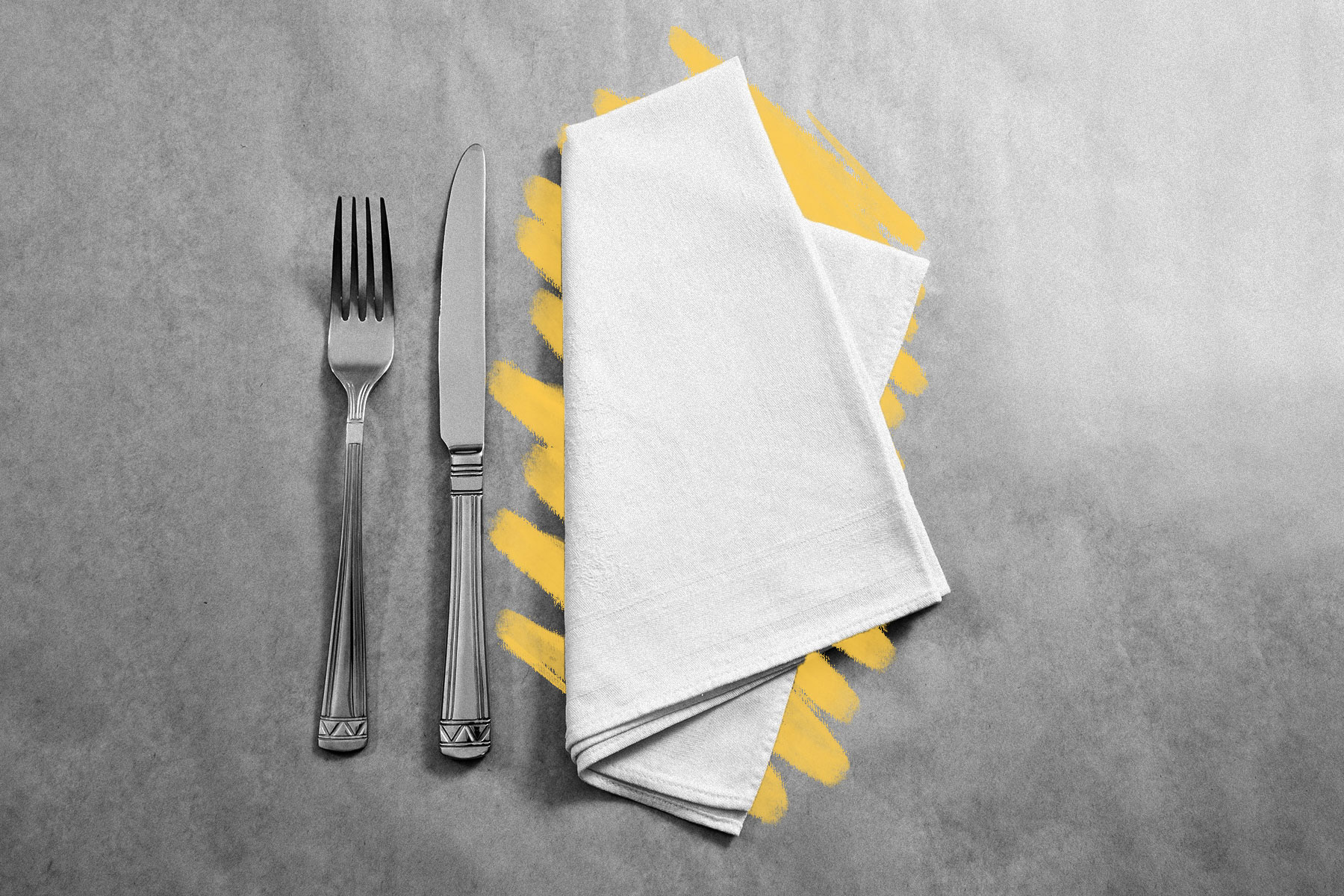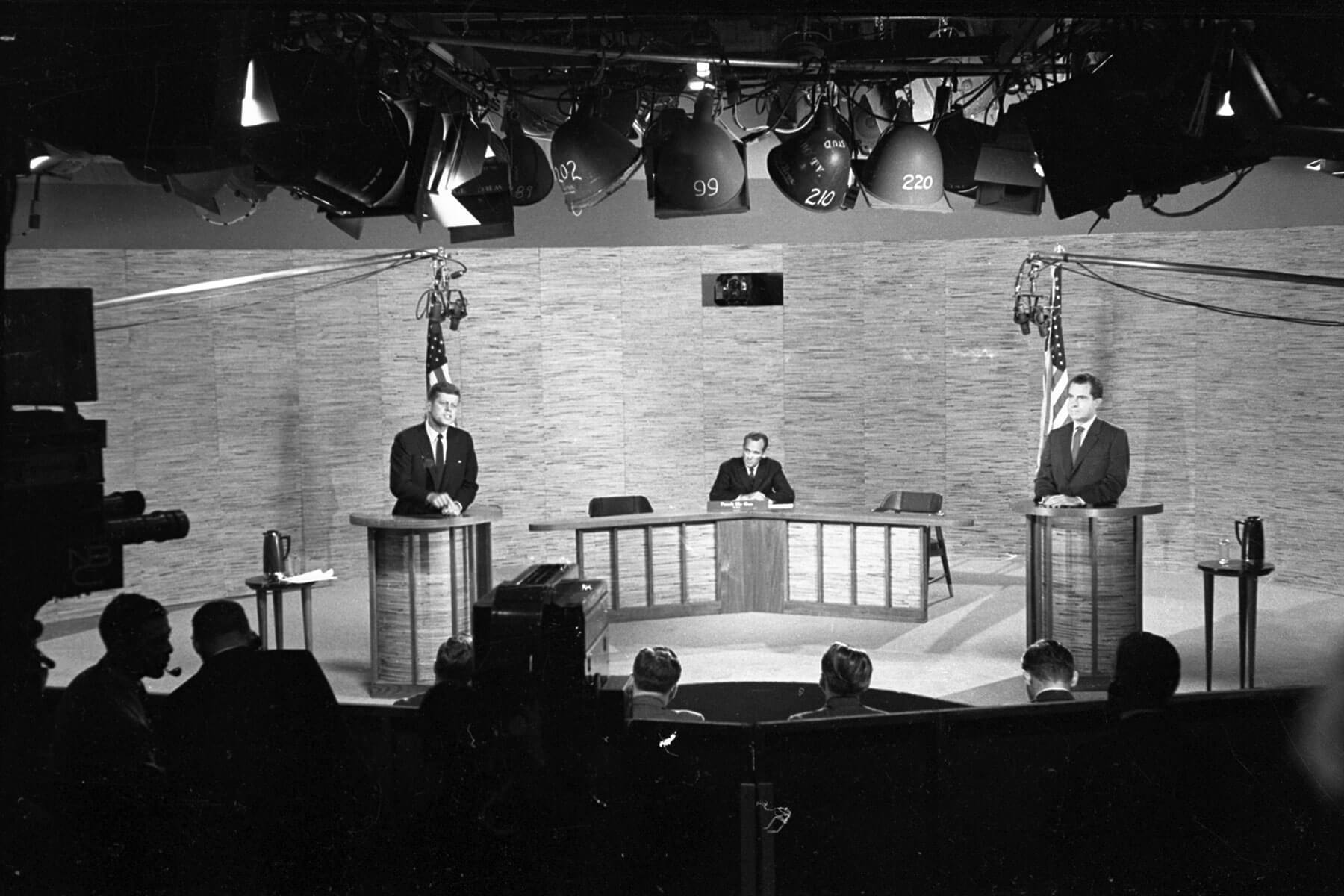What ancient Greeks used for napkins
Wednesday, January 3, 2024
The ancient Greeks unknowingly set the bar for environmentally friendly dining: The first napkins were edible pieces of soft dough, which were often fed to the dogs after a meal. |
| |
| |
|
 |
|
| T he ancient Greeks unknowingly set the bar for environmentally friendly dining: The first napkins were edible pieces of soft dough, which were often fed to the dogs after a meal. Centuries before the widespread use of paper napkins, soft pieces of dough were cut into small pieces, rolled, and then kneaded at the table before being used to wipe people's fingers and hands after eating. This dough was called apomagdalia, which refers to the doughy bread inside the crusts, also known as "the crumb." Eventually, the practice evolved, and diners used sliced pieces of bread to clean their hands. |
|
|
| Since ancient Greeks ate with their hands, napkins of some sort were a necessity. At large banquets, towels and water were sometimes circulated among guests to tidy up between courses, but it wasn't until the Romans began using cloths at mealtime that the modern napkin found its footing. A large cloth known as a mappa was draped over the body when reclining and eating, and guests would often bring their own to fill with food to take home as leftovers. |
|
| The first paper napkins emerged in ancient China around the second century CE, when small pieces of paper were folded into squares and fitted into the bottom of baskets that held teacups. The word "napkin," meanwhile, originated in France: "Nappe" is the French word for "tablecloth," while "kin" was added to the end to note its smaller size. |
|
 |  |
|
| Thank you for supporting our advertisers! |
|
| |
|
 |
|
By the Numbers |
|
| First known use of the word "napkin" | | | 1384 CE |
| | | Americans who reported using paper napkins in 2020 | | | 241.61 million |
| | | Americans who reported using paper napkins in 2020 | | | 241.61 million |
|
|
|
| Typical size (in square inches) of a cocktail napkin | | | 5 |
| | | Year paper napkins were first used in the United States | | | 1887 |
| | | Year paper napkins were first used in the United States | | | 1887 |
|
|
|
 |
|
 | | Did you know? |
|
|
Etiquette expert Emily Post sanctioned the use of paper napkins in 1948. |
|
| In 1948, a New York department store asked author and socialite Emily Post whether paper or cloth napkins were better for entertaining. Her answer? "Fresh paper napkins, of course!" Post published her first book, Etiquette in Society, in Business, in Politics, and at Home, in 1922, and went on to become an authority on good manners and behavior until her death in 1960. So, when she declared that paper napkins were cleaner and fresher than their fabric counterparts, her large audience listened. At the time, the changing social and economic landscape lessened the likelihood of families having a full-time staff available to launder cloth napkins after every meal — which, as far as Post was concerned, was a necessity, as she deemed "soiled" napkins "unthinkable." |
|
| Thank you for supporting our advertisers! |
|
| |


posted by June Lesley at 6:00 AM










![]()
![]()






0 Comments:
Post a Comment
<< Home